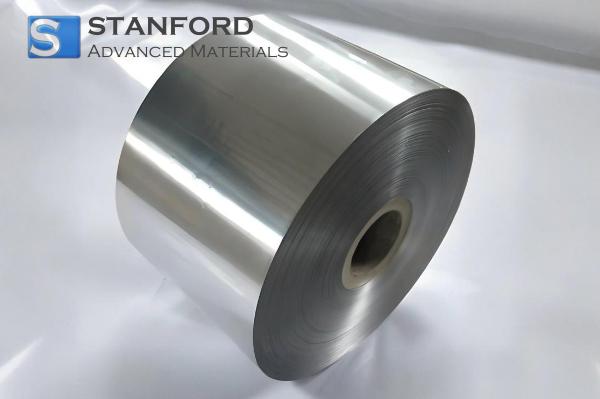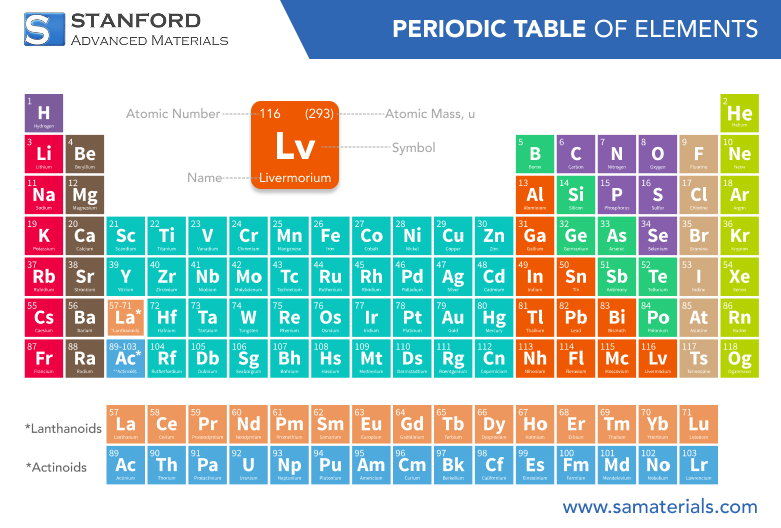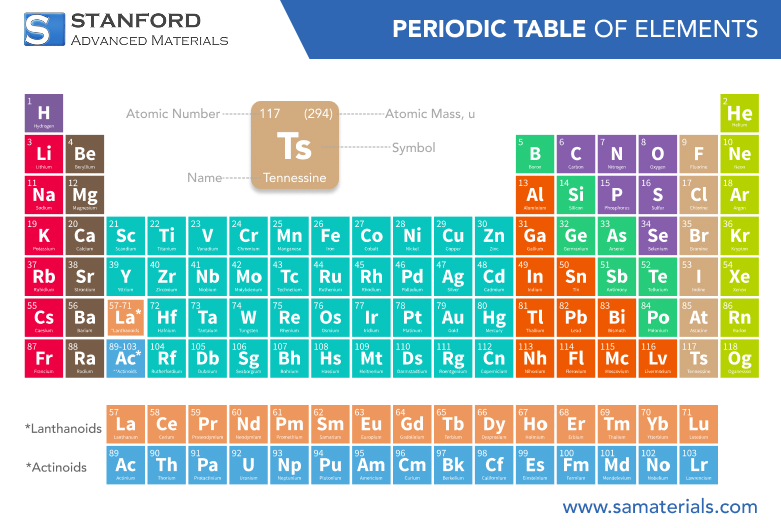Nihonium: Element Properties And Uses
Description
Nihonium (Nh) is a highly radioactive artificially produced element with atomic number 113. It is very unstable, with isotopes that possess half-lives ranging from a few milliseconds to about 20 seconds. Due to its rapid decay, most of its chemical and physical properties are theoretically predicted and not yet established. Following periodic trends, Nihonium is a post-transition metal in group 13 with properties that resemble those of its lighter homologues, such as thallium.
Discovery of Nihonium
Nihonium was first synthesised in 2003 by researchers from Japan at the RIKEN lab. The scientists bombarded targets of bismuth-209 with zinc-70 ions, which produced Nihonium-278 atoms through a process of fusion. Alpha-particle spectroscopy was employed to identify the formed atoms, as they decayed almost immediately, emitting characteristic alpha particles.
The formal naming of Nihonium as an element was approved by IUPAC in 2015 and was officially named in 2016, with the name "Nihonium" derived from the Japanese term for Japan, "Nihon," in honour of the location of its discovery.
Isotopes and Stability
To date, several isotopes of Nihonium have been produced, with masses ranging from 278 to 286.
|
Isotope |
Production Method |
Half-Life |
Decay Mode |
|
Nihonium-278 |
⁷⁰Zn + ²⁰⁹Bi |
~0.7 ms |
Alpha decay |
|
Nihonium-284 |
⁴⁸Ca + ²⁴³Am |
~0.5 s |
Alpha decay |
|
Nihonium-286 |
Secondary decay chain |
~20 s |
Alpha decay, spontaneous fission |
Nihonium-286 is the longest-lived currently known isotope, lasting sufficient time for chemical prediction and theoretical modelling. Researchers believe that elements near Nihonium might approach the "island of stability," a hypothesised region where superheavy nuclei would possess significantly extended half-lives.
Chemical Properties Description
Even with limited experimental data owing to Nihonium's short half-life, theoretical predictions provide a clear depiction:
|
Property |
Predicted Value / Notes |
|
Atomic Number |
113 |
|
Most Stable Isotope |
Nihonium-286 |
|
Half-life |
20 seconds (Nihonium-286), <1 second for lighter isotopes |
|
Electron Configuration |
[Rn] 5f¹⁴6d¹⁰7s²7p¹ |
|
Density |
~16–17 g/cm³ (predicted) |
|
Melting Point |
Unknown; estimated >700°C |
|
Boiling Point |
Unknown; expected >1400°C |
|
Oxidation States |
+1 and +3 likely; +3 comparable to thallium |
|
Chemical Reactivity |
Predicted to form halides and oxides; relativistic effects may lessen metallic character |
For more information, please refer to Stanford Advanced Materials (SAM).
Notable Properties:
• Due to its high atomic number, relativistic effects significantly impact its electron orbitals, potentially reducing reactivity compared to thallium.
• Expected to exhibit Nihonium(I) properties, such as TlCl, and Nihonium(III) properties, such as TlCl₃.
Methods of Preparation
Nihonium is synthesised in high-energy particle accelerators through heavy-ion nuclear fusion. The procedure involves:
1. Accelerating zinc-70 ions at high velocity.
2. Bombarding bismuth-209 targets to induce fusion, creating individual Nihonium nuclei.
3. Monitoring decays through alpha spectroscopy or automated nuclear detection arrays.
The preparation takes place in ultra-high vacuum conditions with precise beam alignment and highly sensitive detectors due to the rapid decay of the element.
Applications of Nihonium
Applications of Nihonium in technology are greatly limited because of its short half-life. However, its production has led to:
• Scientific Research: Nihonium provides insights into nuclear structure, the stability of superheavy elements, and relativistic effects on chemistry.
• Technological Advances: Technology and methodologies developed for its synthesis have progressed the fields in particle accelerator technology, nuclear detection techniques, and material analysis equipment.
• Isotope Production Methods: Techniques refined through Nihonium work lead to the production of artificial isotopes for industrial and medical purposes.
There are no industrial applications of the element itself, but the discovery contributes to fundamental materials and nuclear science research.
Frequently Asked Questions
What is Nihonium?
An artificially produced, short-lived, highly radioactive element (atomic number 113) with very short-lived isotopes.
How is Nihonium produced?
Through nuclear fusion within particle accelerators, typically by bombarding targets of bismuth with zinc ions.
What are its chemical properties?
Expected to be a post-transition metal with +1 and +3 oxidation states, possessing halides and oxides, with relativistic effects reducing reactivity.
Why is Nihonium not extensively useful?
Its rapid decay and extreme instability limit practical applications; its relevance is primarily in nuclear experimental science.
Are there industrial uses associated with Nihonium?
Although Nihonium itself is not used industrially, synthesis techniques and detection technology benefit nuclear science, isotope production, and advanced instrumentation technologies.

 Bars
Bars
 Beads & Spheres
Beads & Spheres
 Bolts & Nuts
Bolts & Nuts
 Crucibles
Crucibles
 Discs
Discs
 Fibers & Fabrics
Fibers & Fabrics
 Films
Films
 Flake
Flake
 Foams
Foams
 Foil
Foil
 Granules
Granules
 Honeycombs
Honeycombs
 Ink
Ink
 Laminate
Laminate
 Lumps
Lumps
 Meshes
Meshes
 Metallised Film
Metallised Film
 Plate
Plate
 Powders
Powders
 Rod
Rod
 Sheets
Sheets
 Single Crystals
Single Crystals
 Sputtering Target
Sputtering Target
 Tubes
Tubes
 Washer
Washer
 Wires
Wires
 Converters & Calculators
Converters & Calculators
 Write for Us
Write for Us




 Chin Trento
Chin Trento



